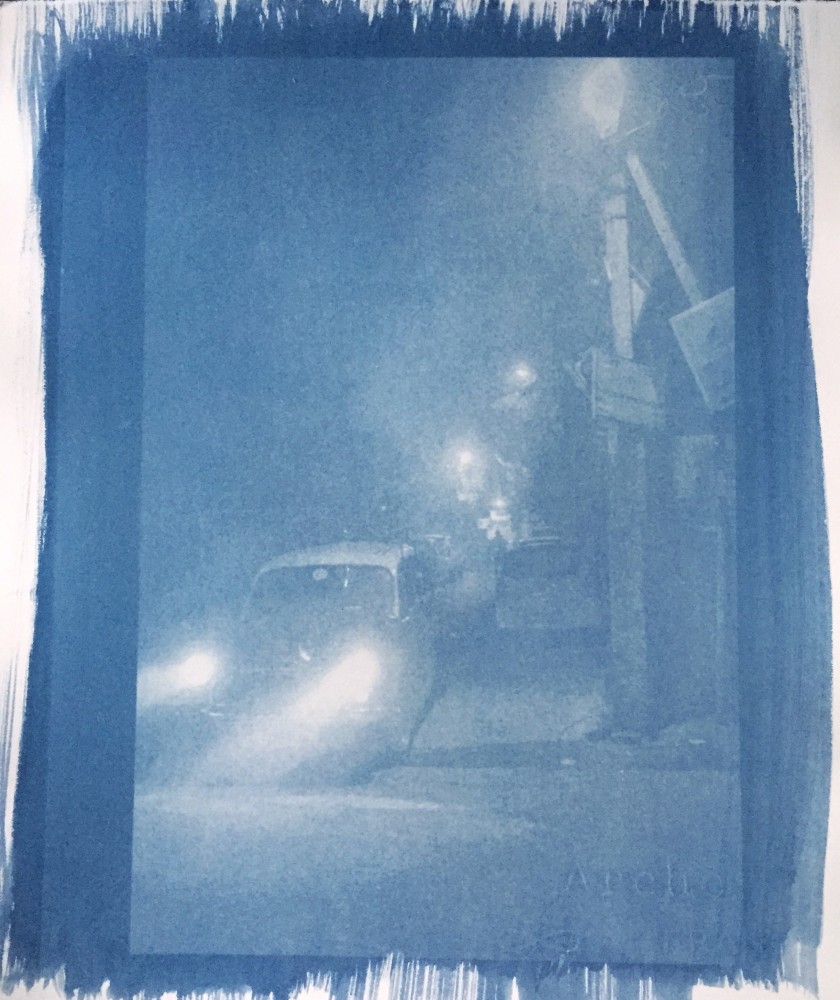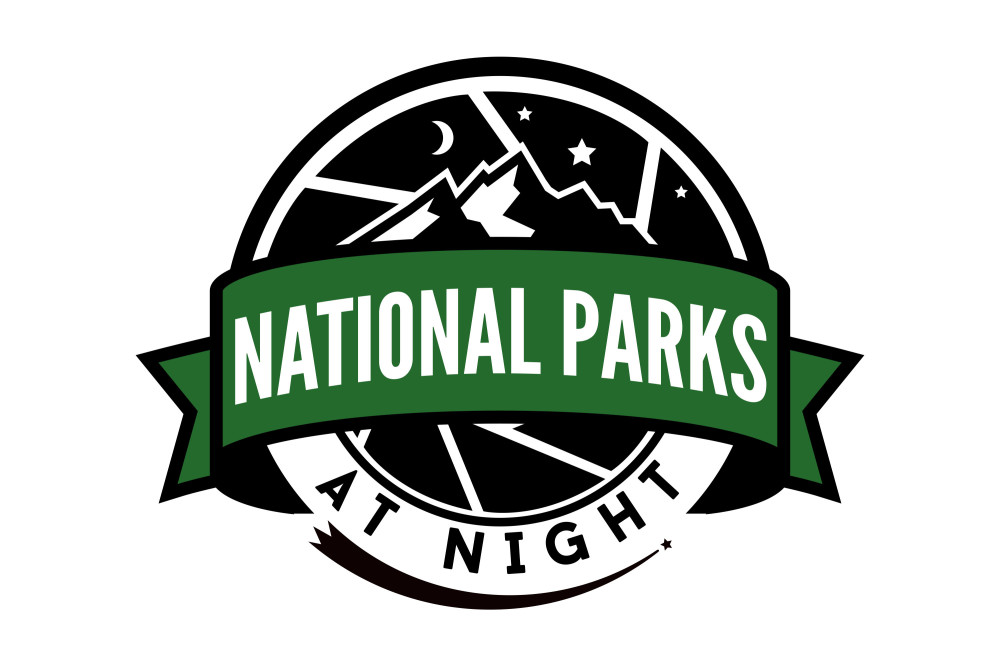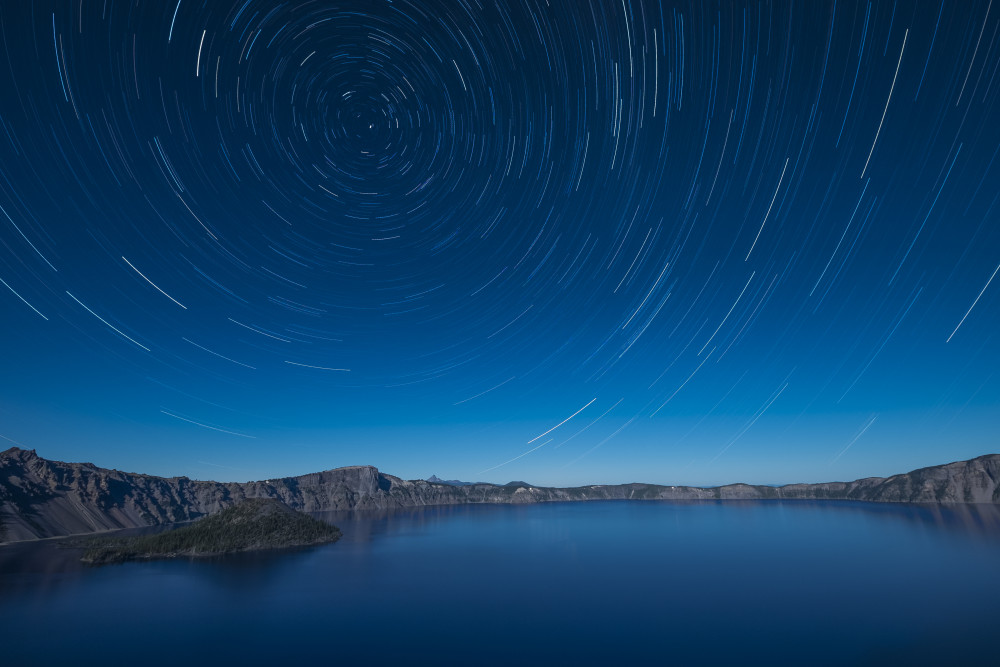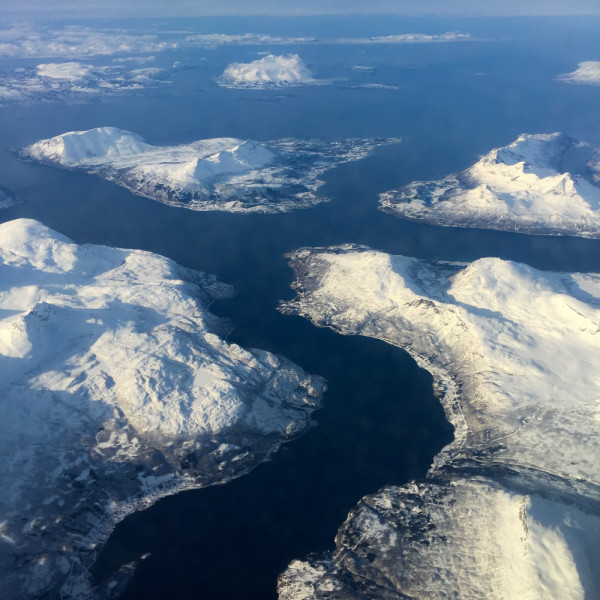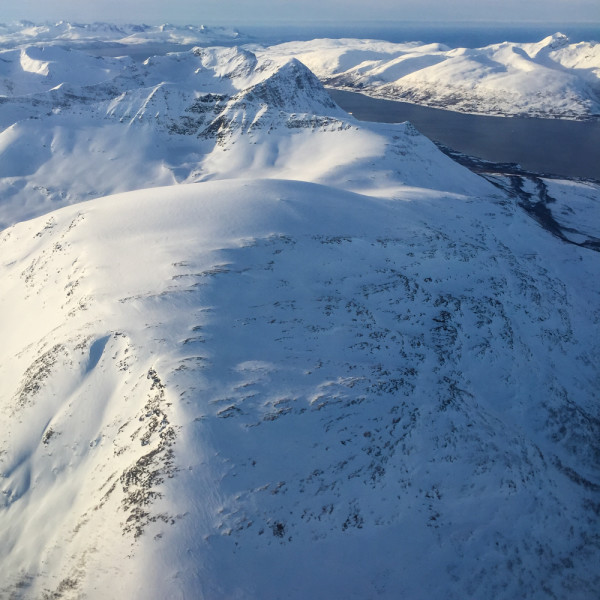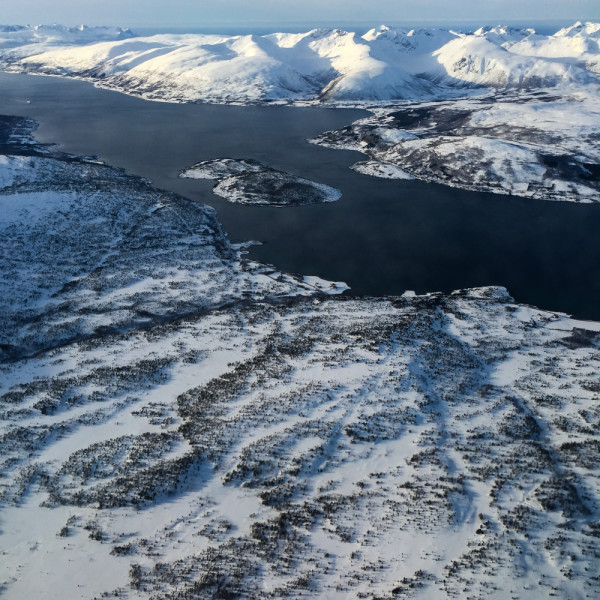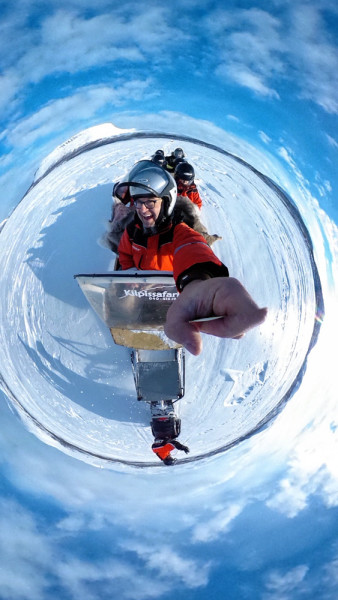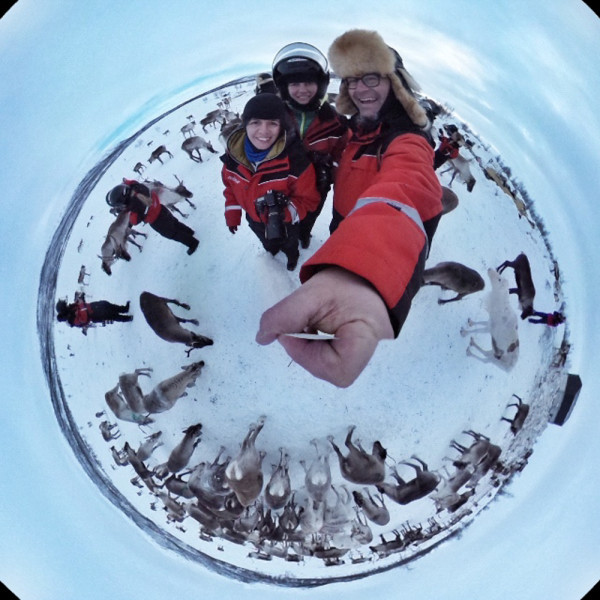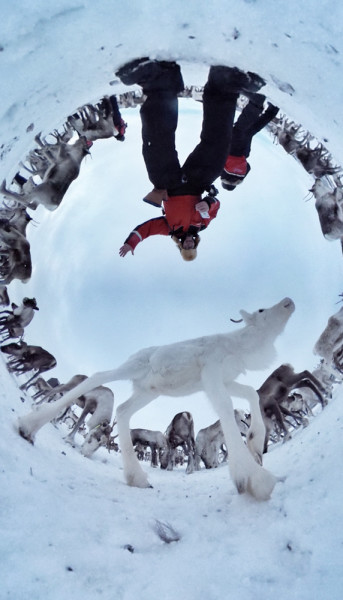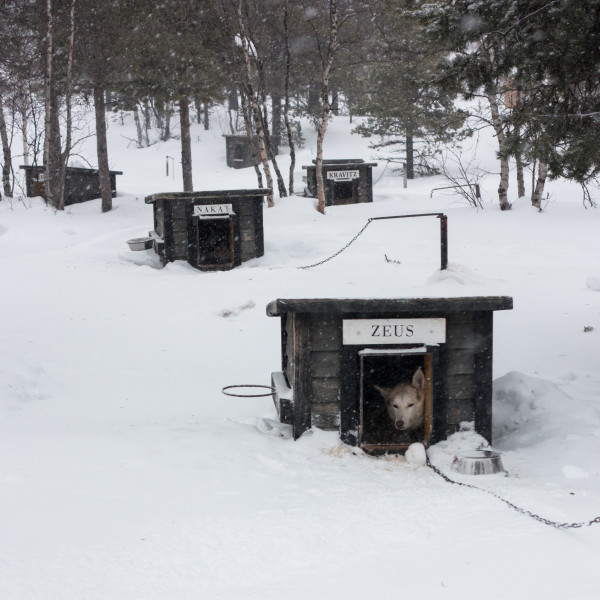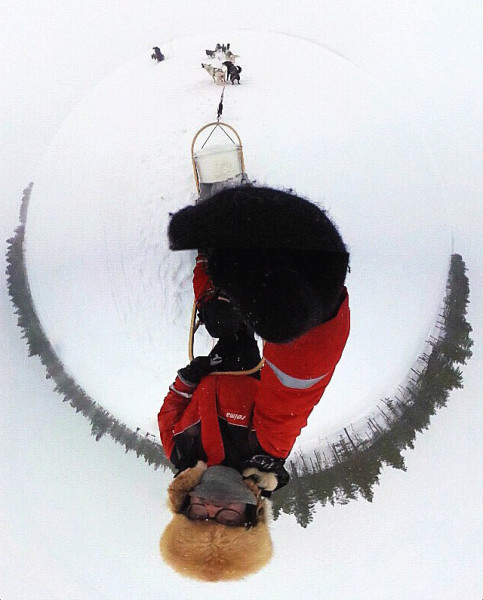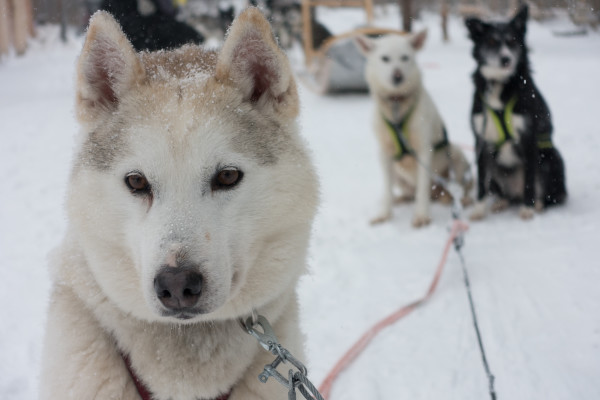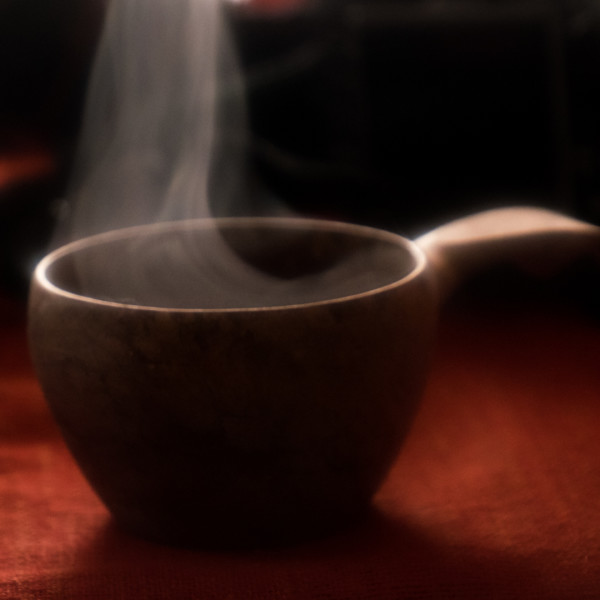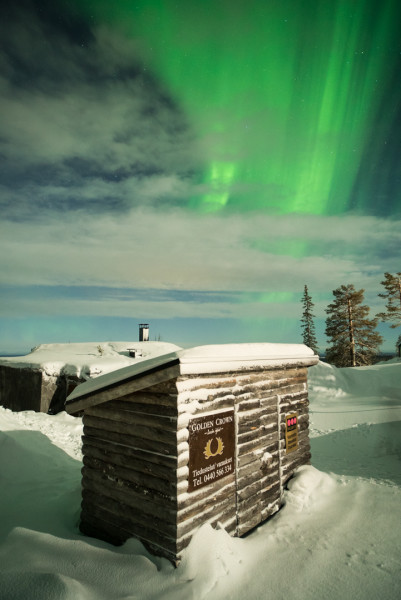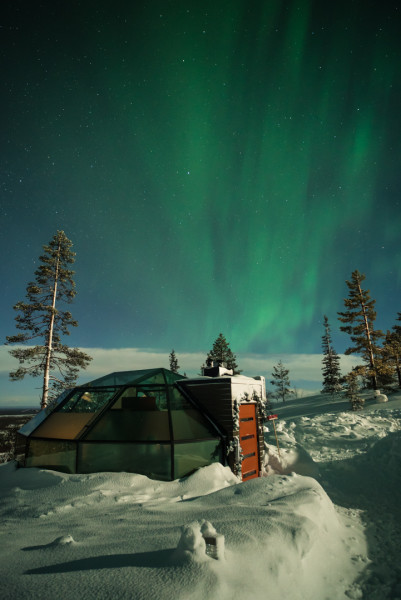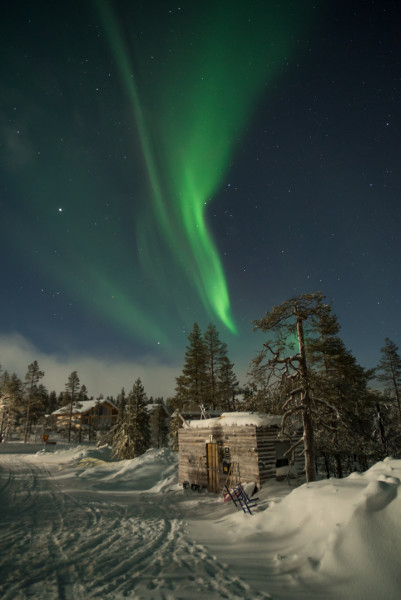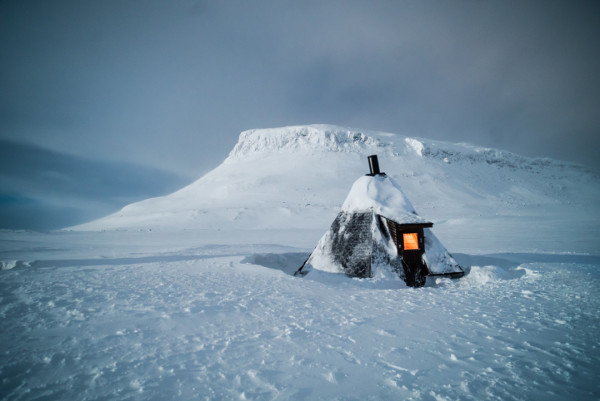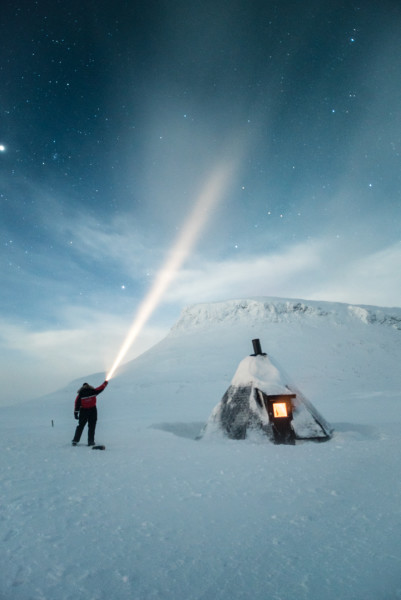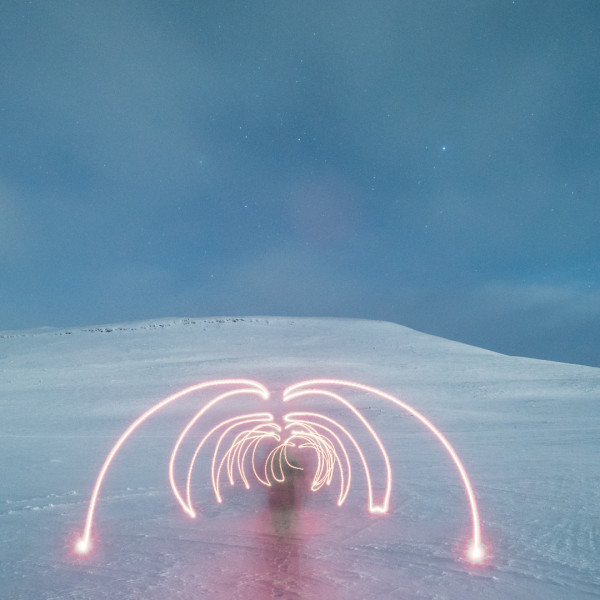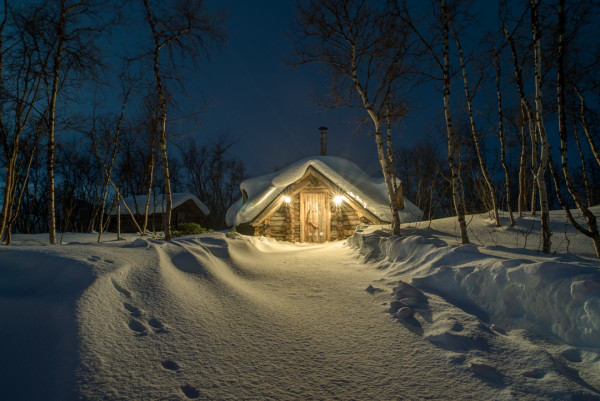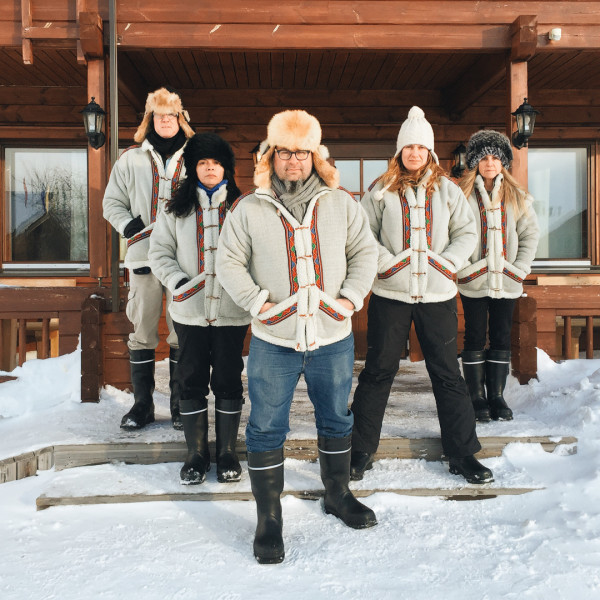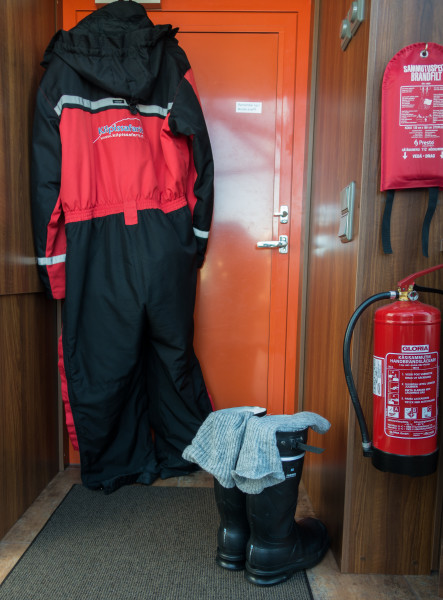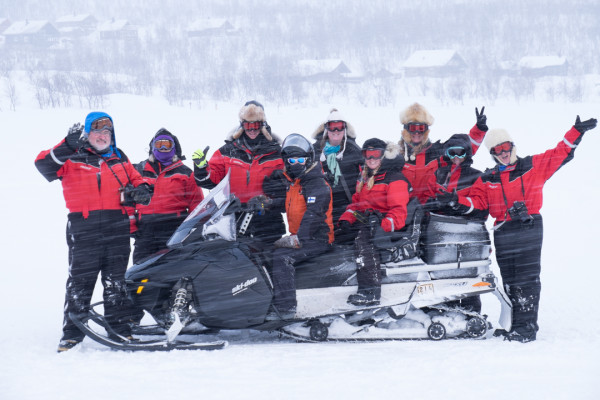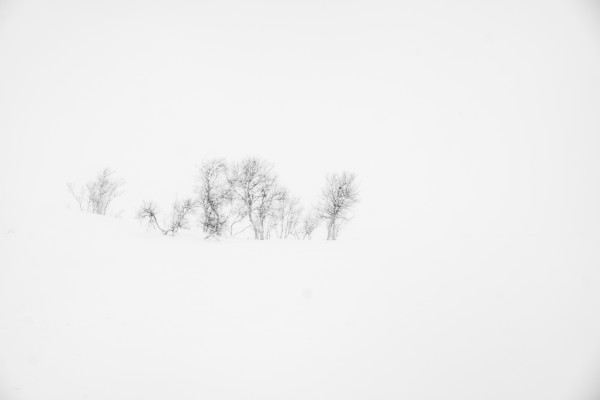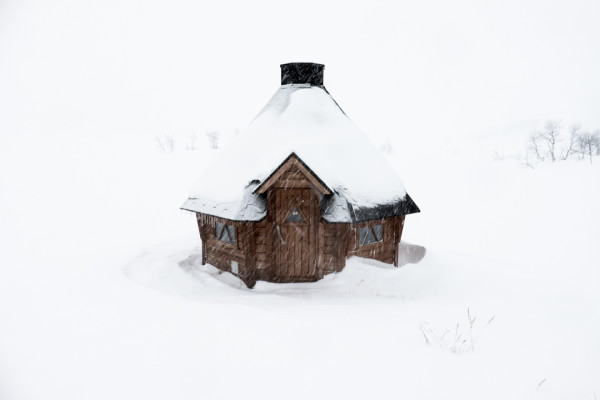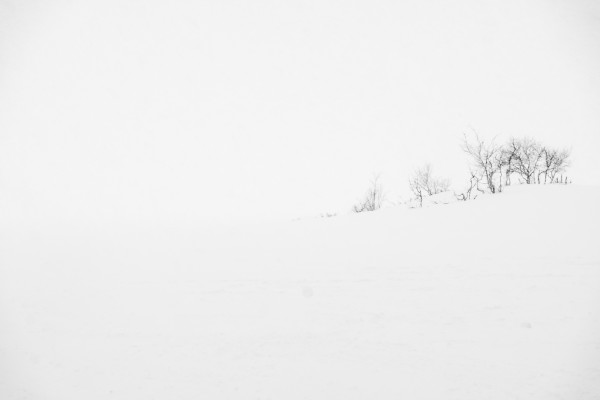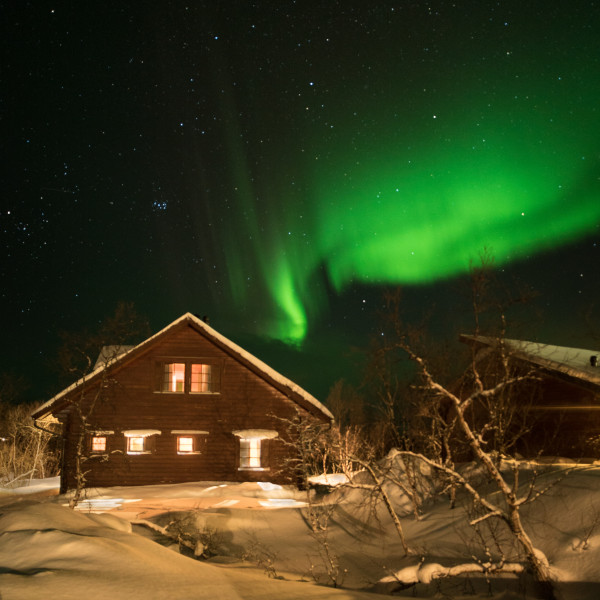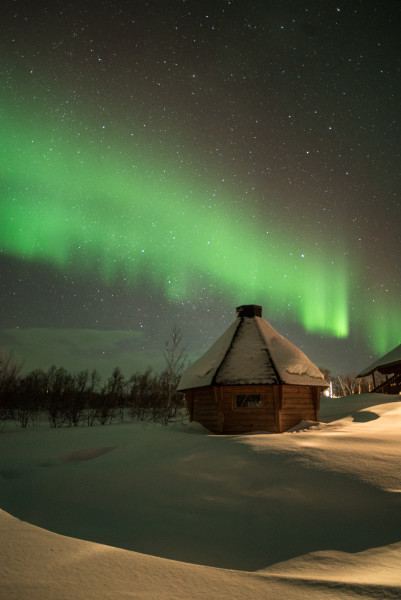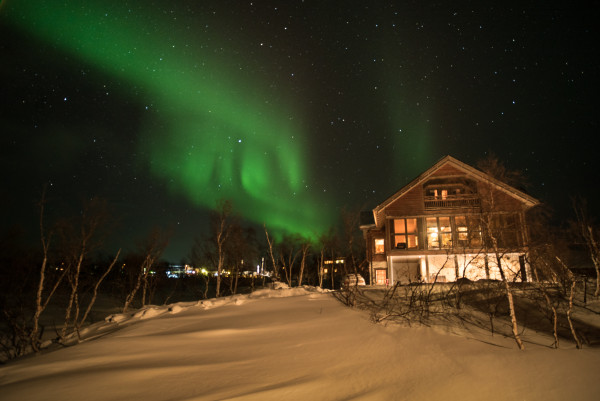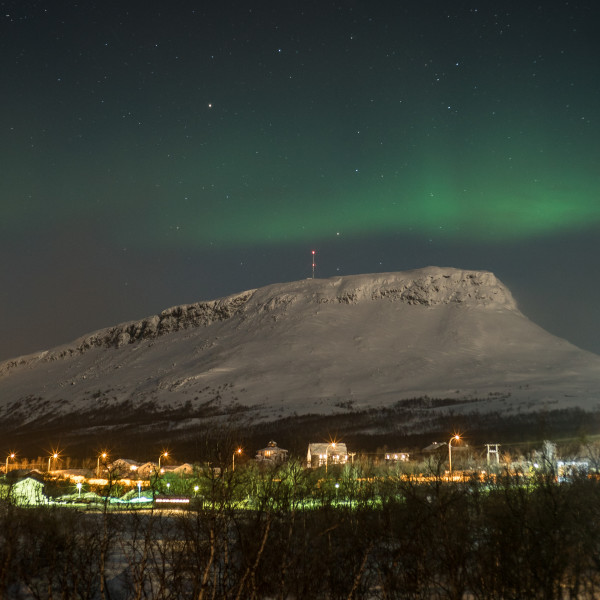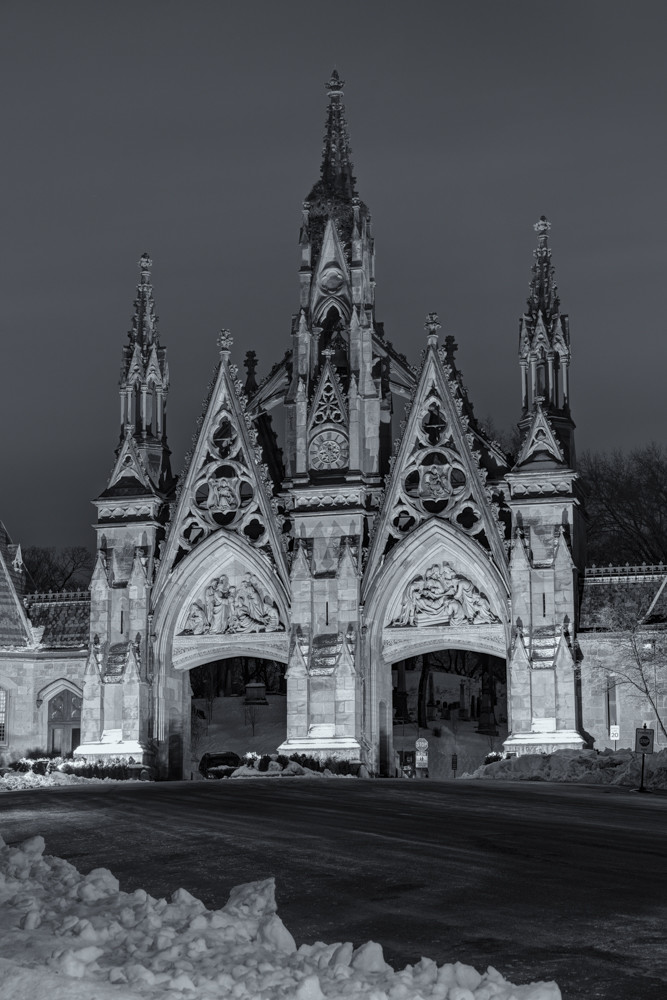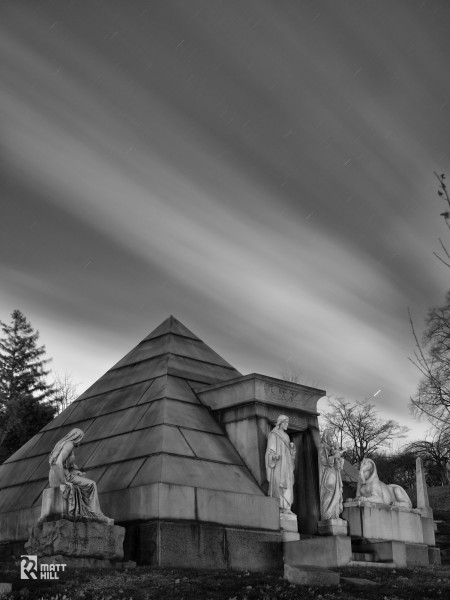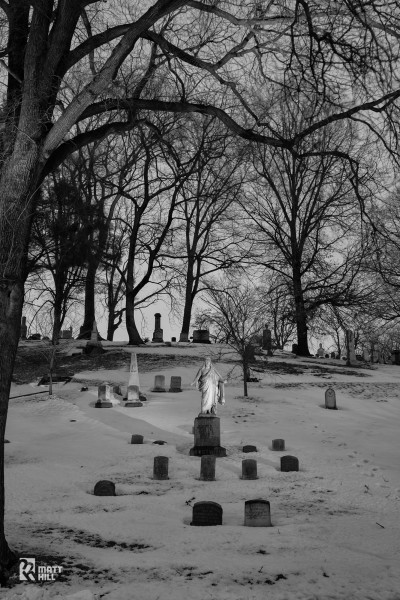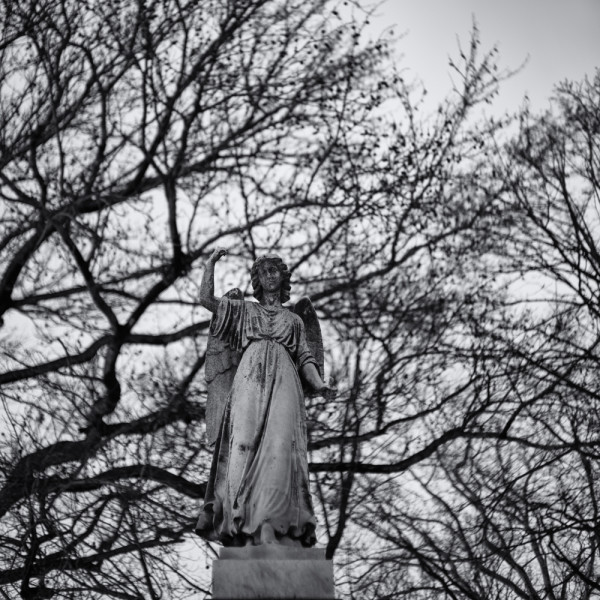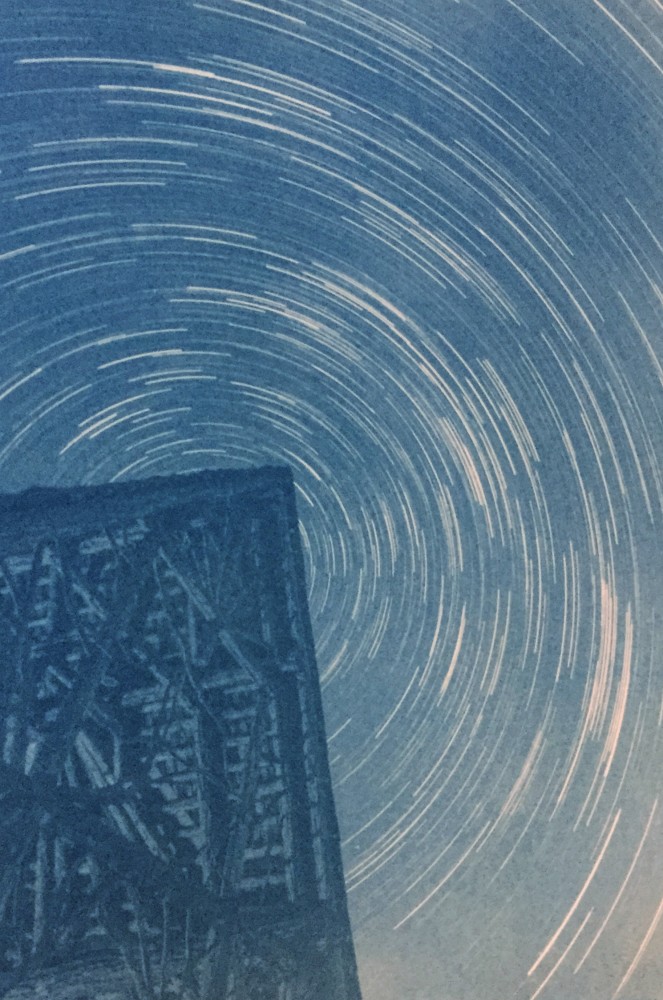 Once in a blue moon…We have all used this expression to describe an exceedingly rare event. But where does this phrase come from? And why does it seem like these out of the blue occurrences are happening at a more frequent pace?
Once in a blue moon…We have all used this expression to describe an exceedingly rare event. But where does this phrase come from? And why does it seem like these out of the blue occurrences are happening at a more frequent pace?
We used to live and count time by the seasons and the lunar calendar. There would be 3 moons per season and 12 moons per year and it lasted 354.37 days. However, our Gregorian calendar streamlined us to a 12 month and 365 day calendar so every 3 years we would have an “extra moon”. We were fond of naming moons to define the seasons: Harvest Moon, Hunter’s Moon, Snow Moon, etc. This ritual held through to modern times, and when we had the extra full moon every three years, Maine Farmer’s Almanac dubbed it a Blue moon. I’m sure it was named a blue moon before the Almanac was ever published, but they were the one who standardized and listed when the moons would occur.
The modern version of the blue moon defines the blue moon as the second full moon in a Gregorian calendar month. We can thank James Hugh Pruett’s miscalculation in an article in Sky and Telescope Magazine in 1946 for this definition. It was quickly refuted, but because it’s definition was simpler, it gained a wider following with the general public. Today, this second definition of the blue moon is the one more communally accepted. The twice a month blue moons can happen a bit more frequently, though the last one was August 31st 2012.
To celebrate this year’s Blue Moon on July 31st, I’m leading a night photography workshop with the Center of Photography at Woodstock. This is my 3rd year teaching at their school, and I wanted to go beyond the night instructions. So, to take the theme of the blue moon one step further, we will be utilizing the cyanotype process to printing our night images. This is something that I have been exploring for several years and I’m finally ready to share. I first got hooked on this historic process at the Maine Media Workshops during Brentan Hamiliton’s Alternative Process class. However, I definitely have to give a big shout out to Tom Persinger, of F295, who helped me successfully streamline my night digital negatives. Tom’s Historic Process Quick Cards are a simple and invaluable reference for creating Cyanotypes as well as many other alternative processes for printing out your images.
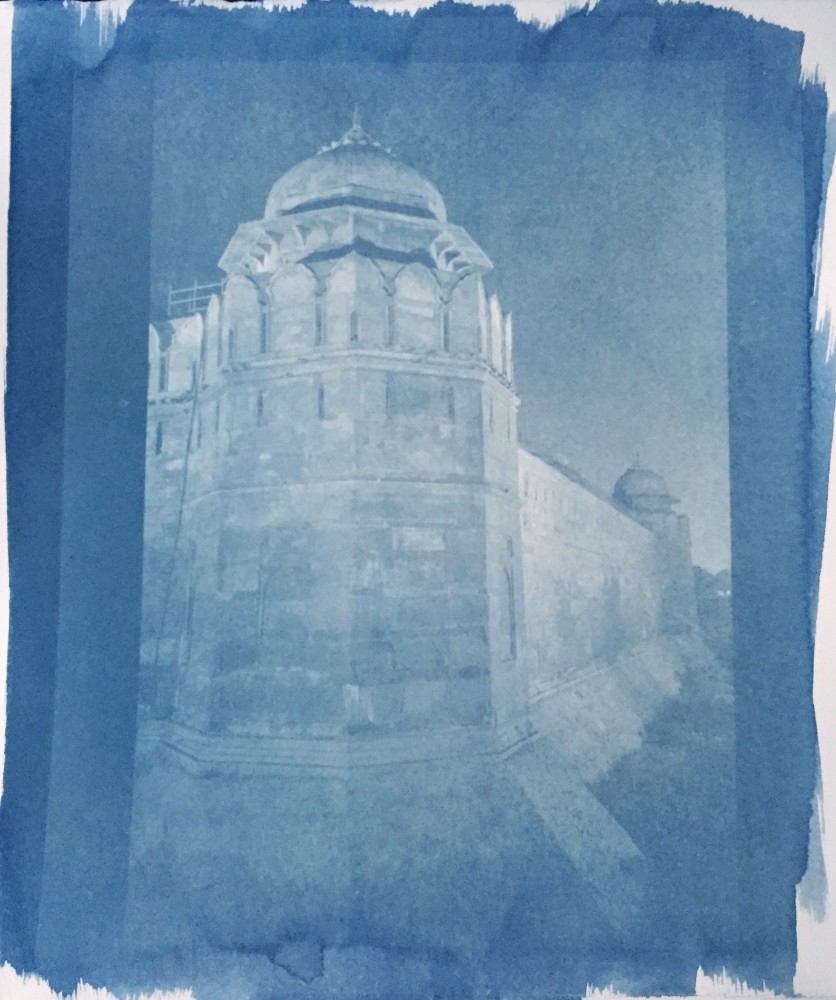
I have missed the “process” of printing in this digital age. Yes, I do enjoy pulling all the details and stacking stars on computer programs. But the inkjet print can frequently lack any “essence”. I’ve enjoyed results of prints on metal, but as a former darkroom guy, I wanted to get my hands and heart into creating a unique print. So now I can combine the digital wizardly with a one of kind print. I do all my manipulation on the computer and then invert it to a negative file. I print this negative on special clear inkjet transparency paper and I’m ready to make magic. The Cyanotype Process was invented in 1842, and utilizes two simple and inexpensive chemicals: ferric ammonium citrate and potassium ferricyanide. The chemicals are mixed with water, brushed onto a watercolor paper of your choice, and then exposed to light for a certain amount of time. Once the paper is washed, they reveal the most beautiful Prussian blue tones.
We are also very fortunate to have access to shoot at the awe-inspiring Opus 40 during one of the nights of the workshop. This massive earthwork sculptural space was solely constructed by Harvey Fite, one of the founders of the Bard College of Fine Arts. It took Harvey 37 years to create the 6 ½ acre Opus 40. It looks like something ancient that has been unearthed at an archeological site. Ironically, the material he used were millions of pieces of indigenous bluestone. These stones were laid by hand to create a stone labyrinth that can lead you through subterranean pathways, up wide ramparts, and around the spectacular scenery of Overlook Mountain and the Catskills.
Though the moon has hardly ever been blue in color, the night has long been associated with the color blue. There are still a few spots left for the workshop, so I hope to see or share this once in a blue moon experience with you.
